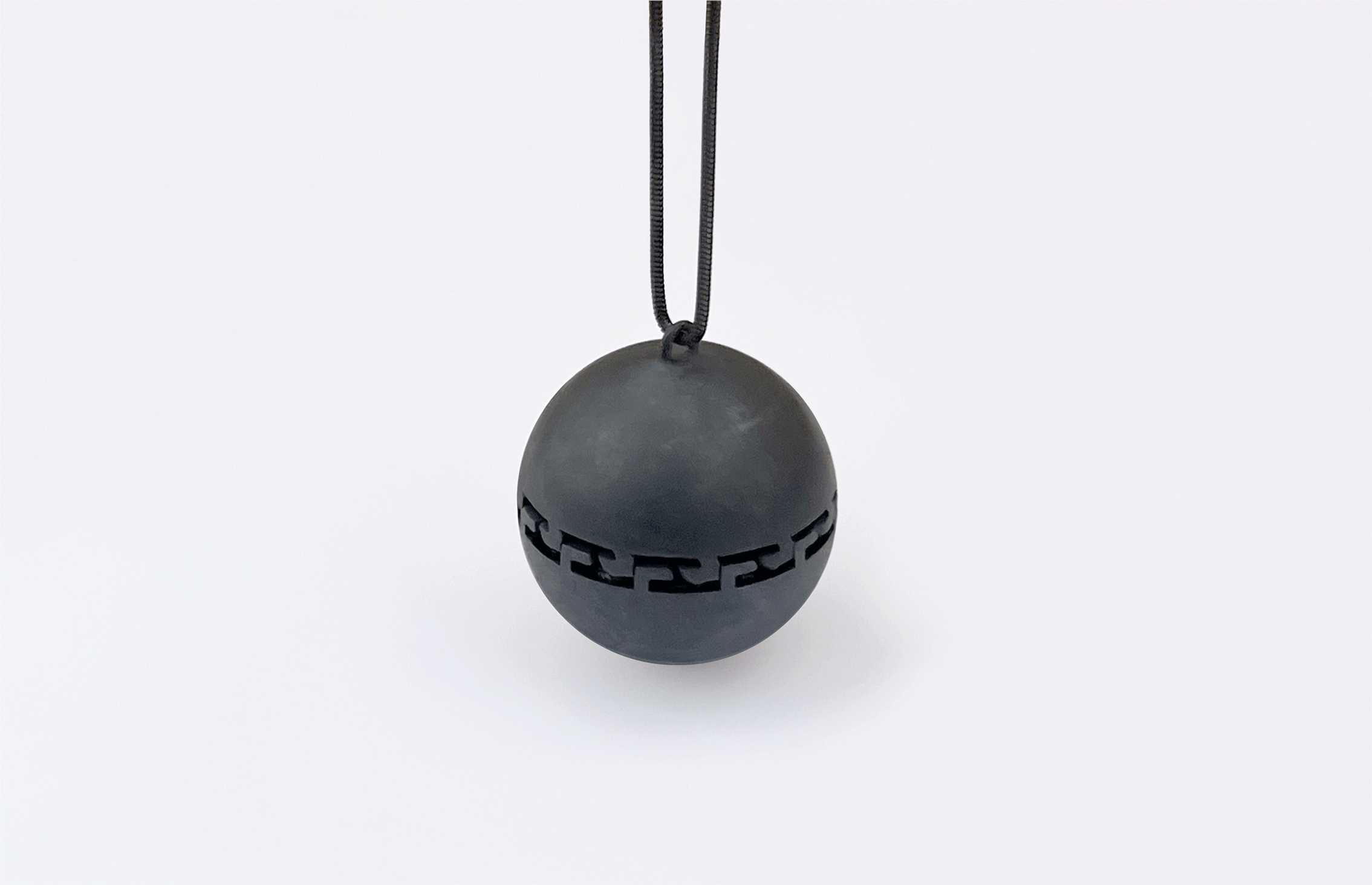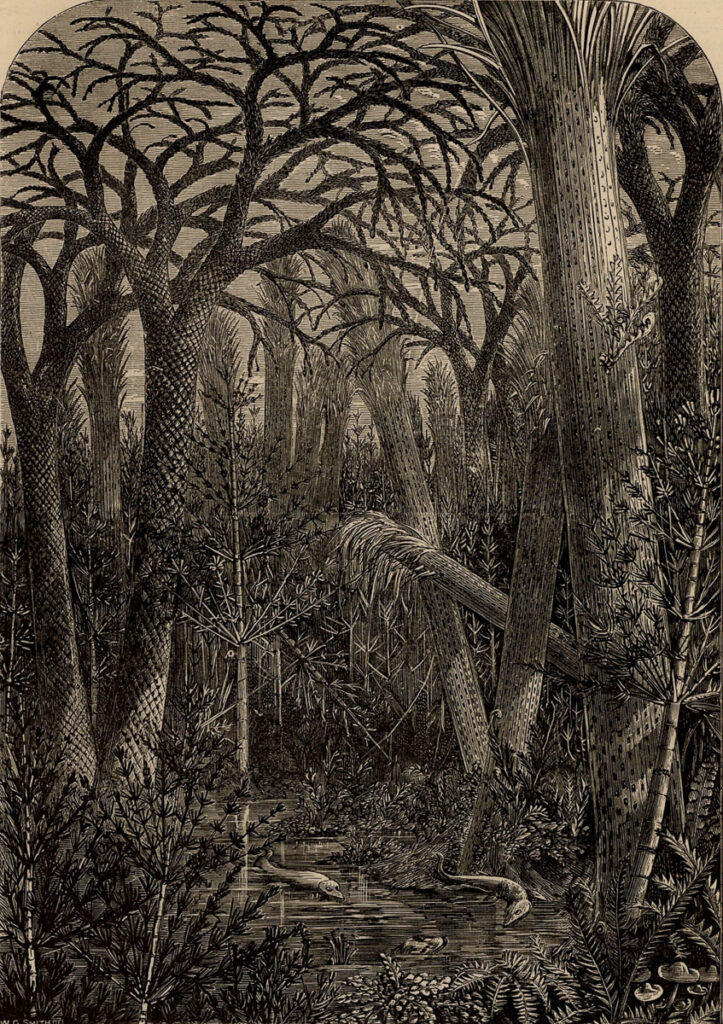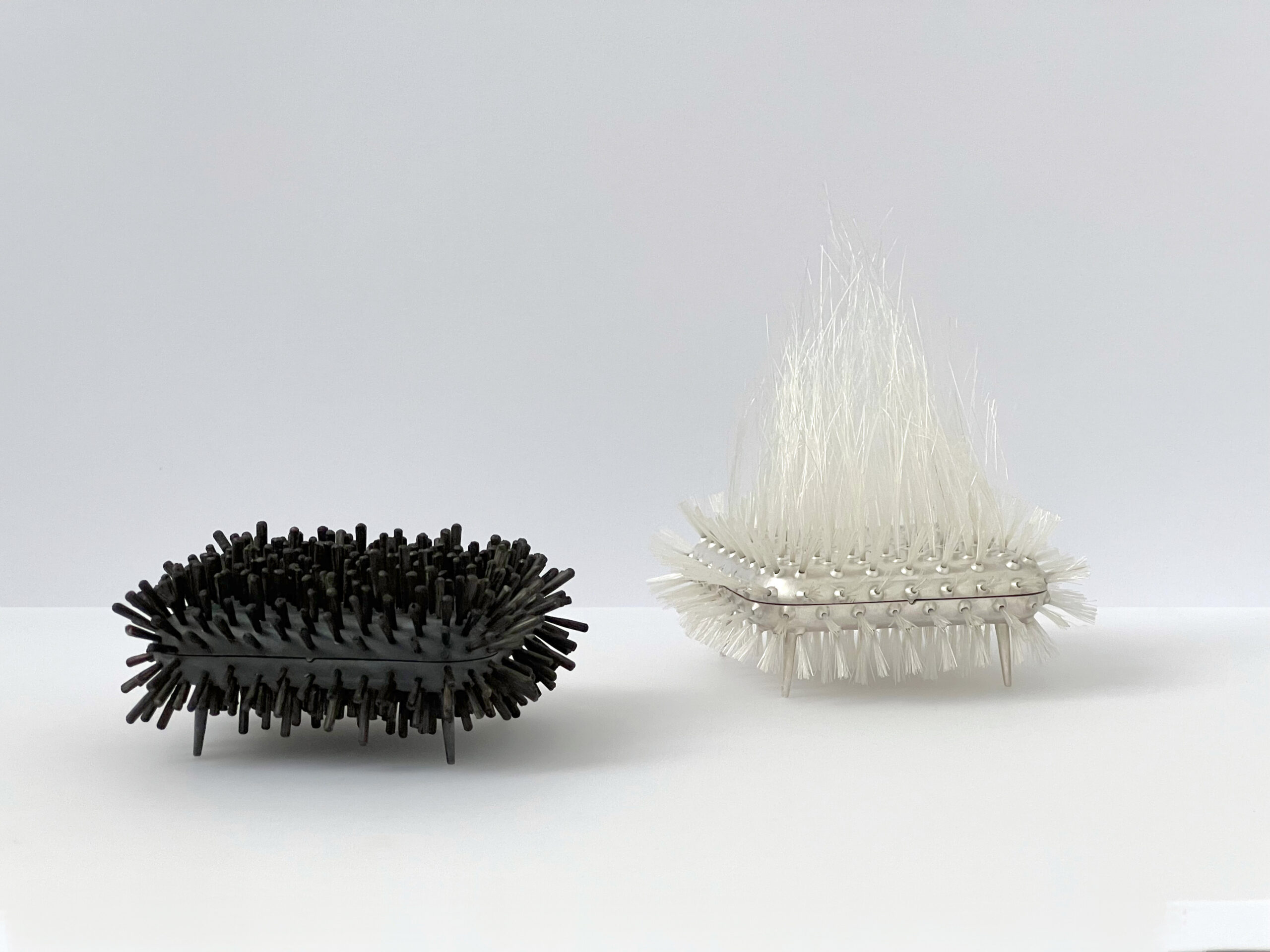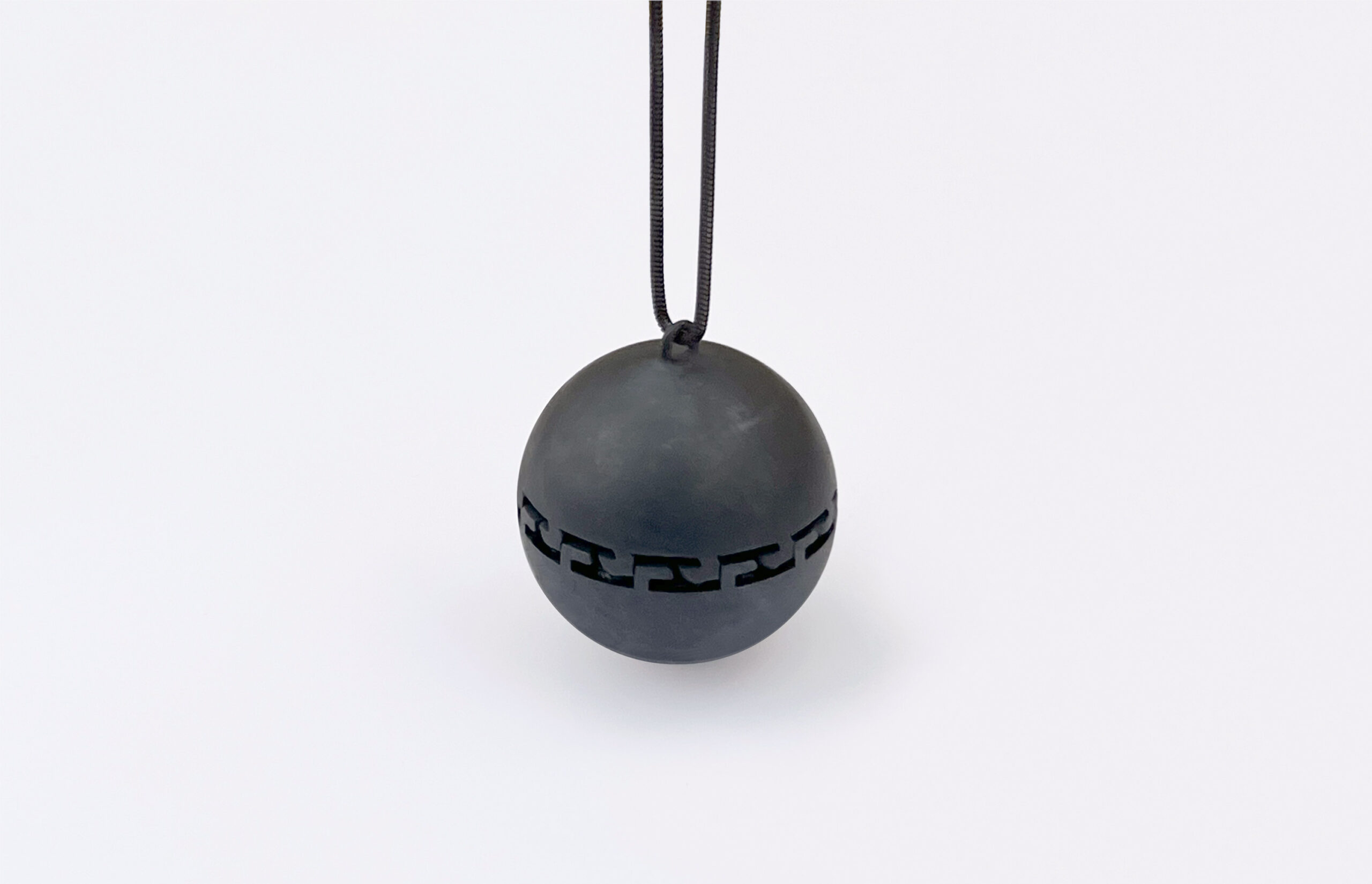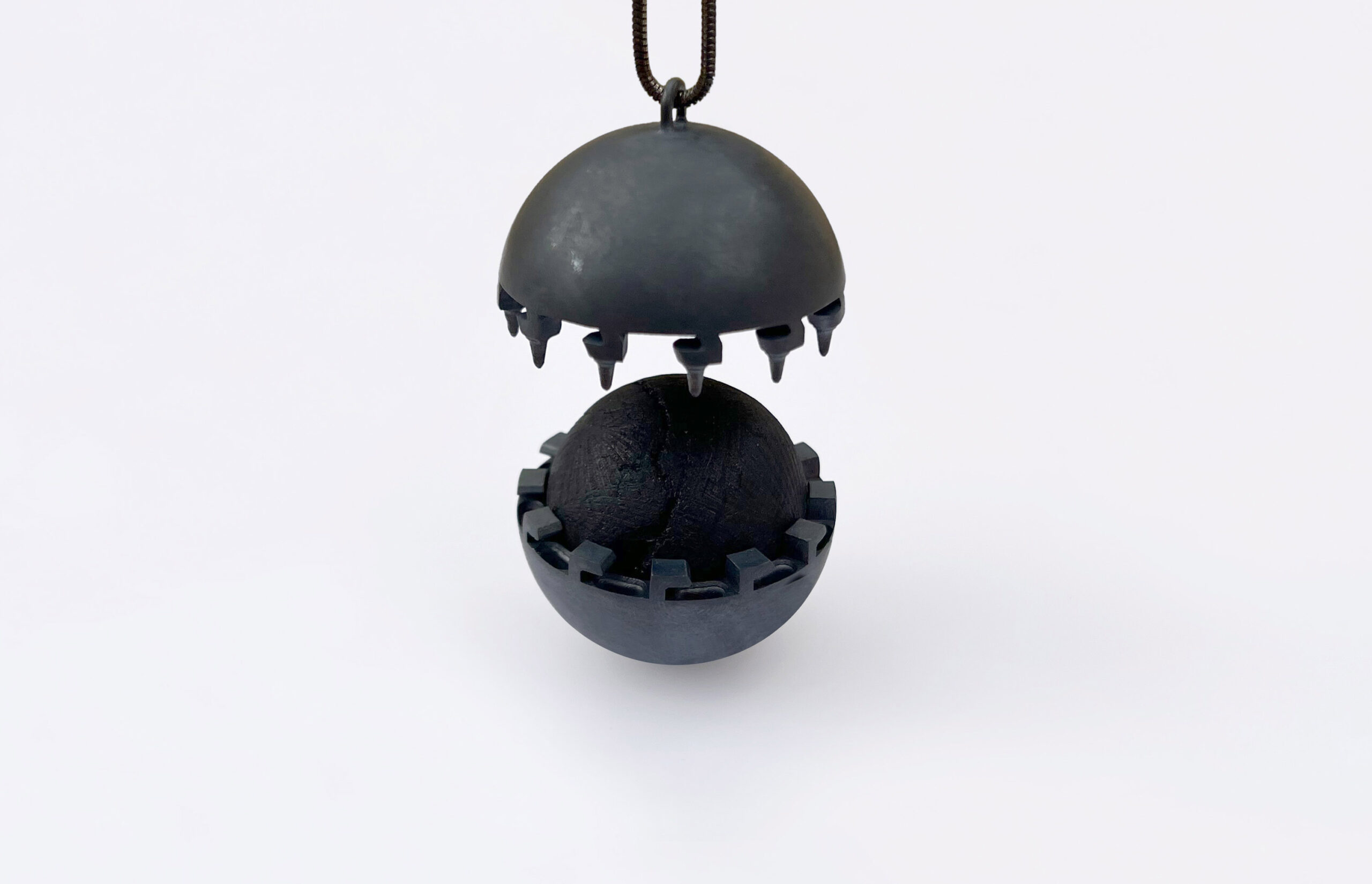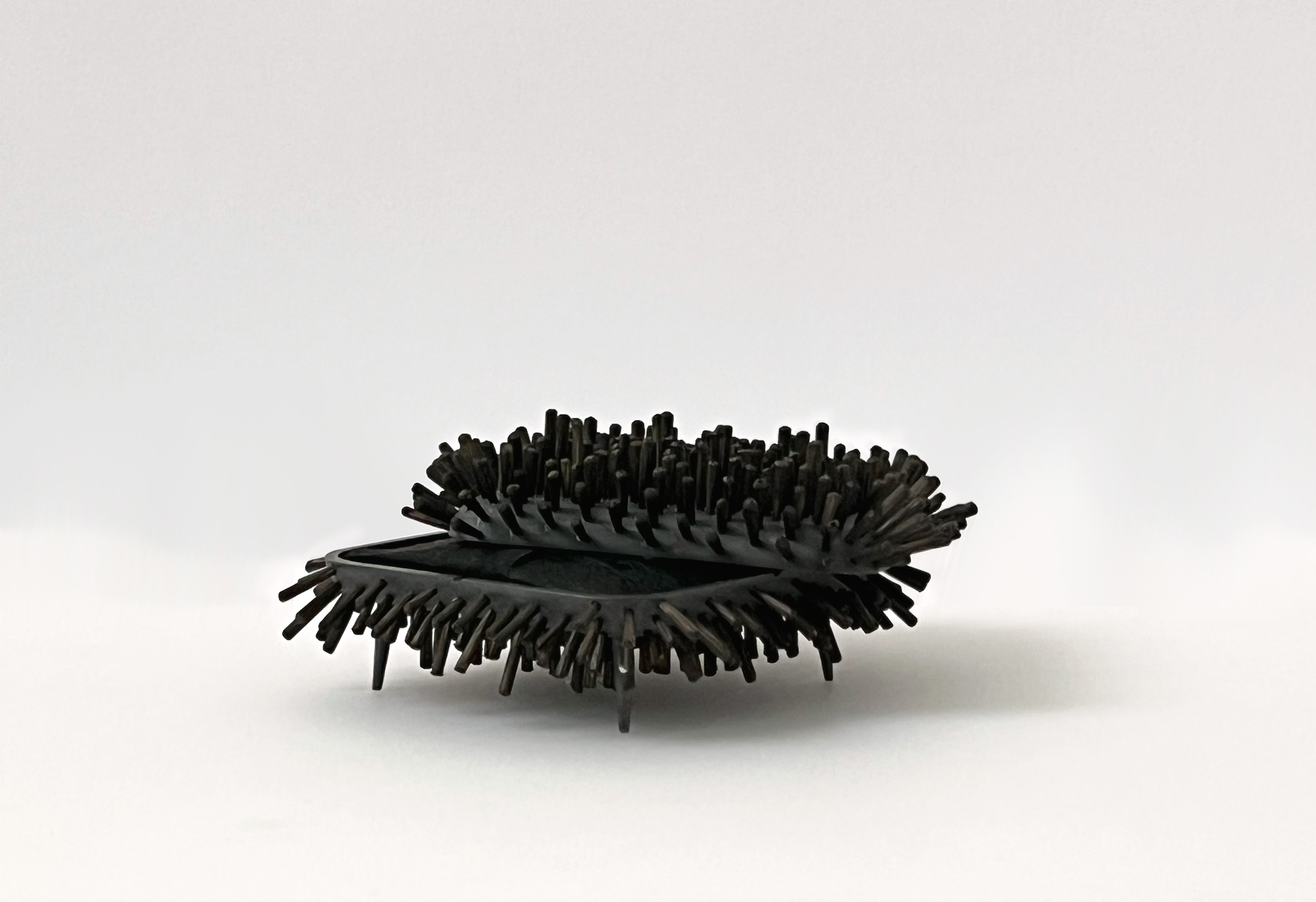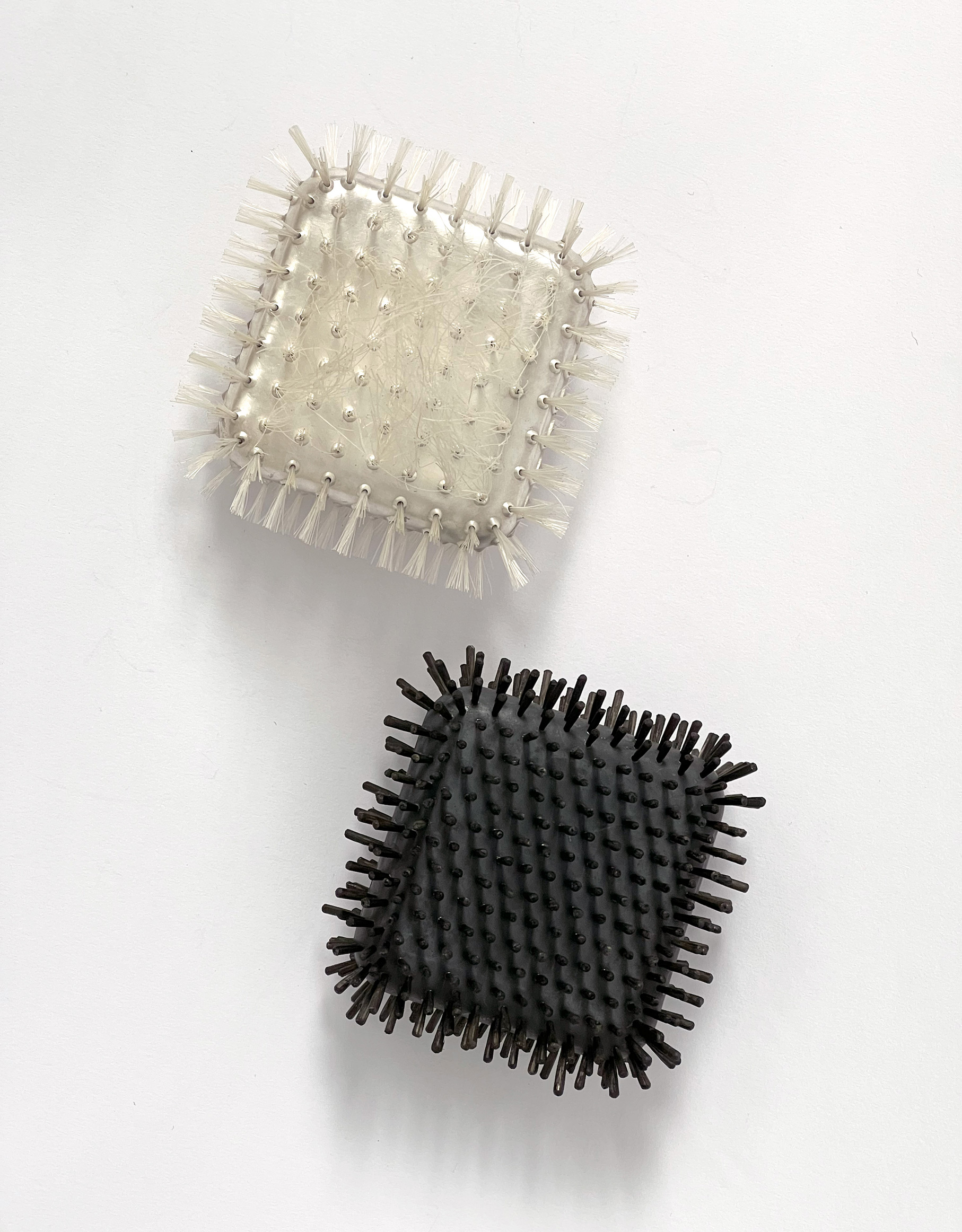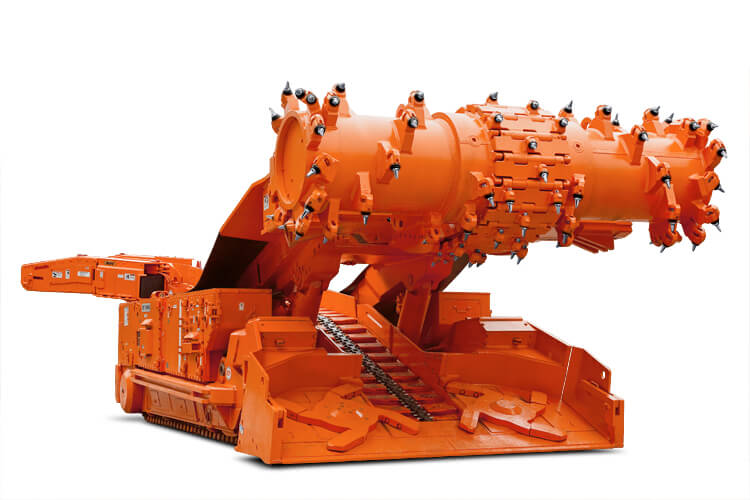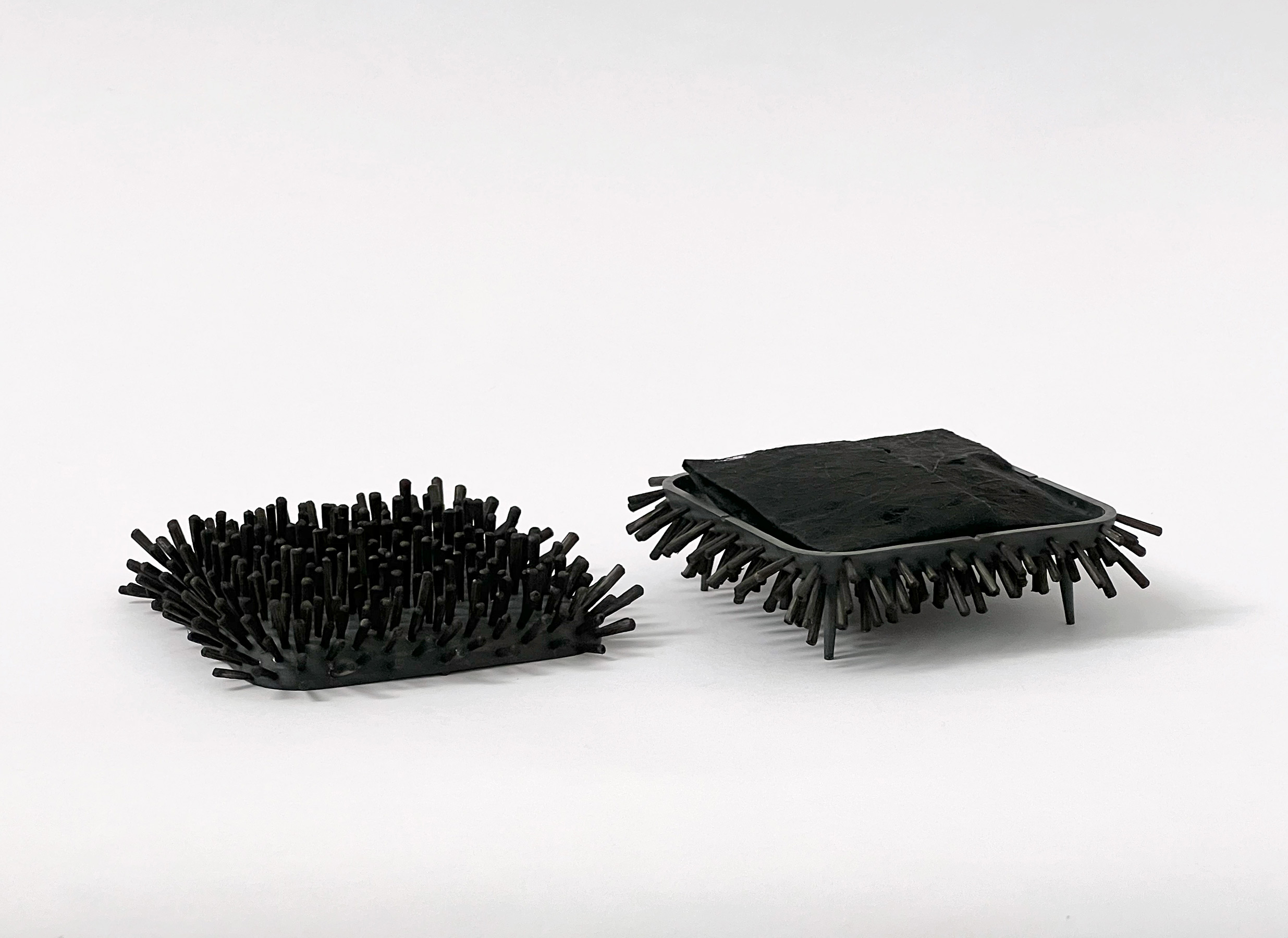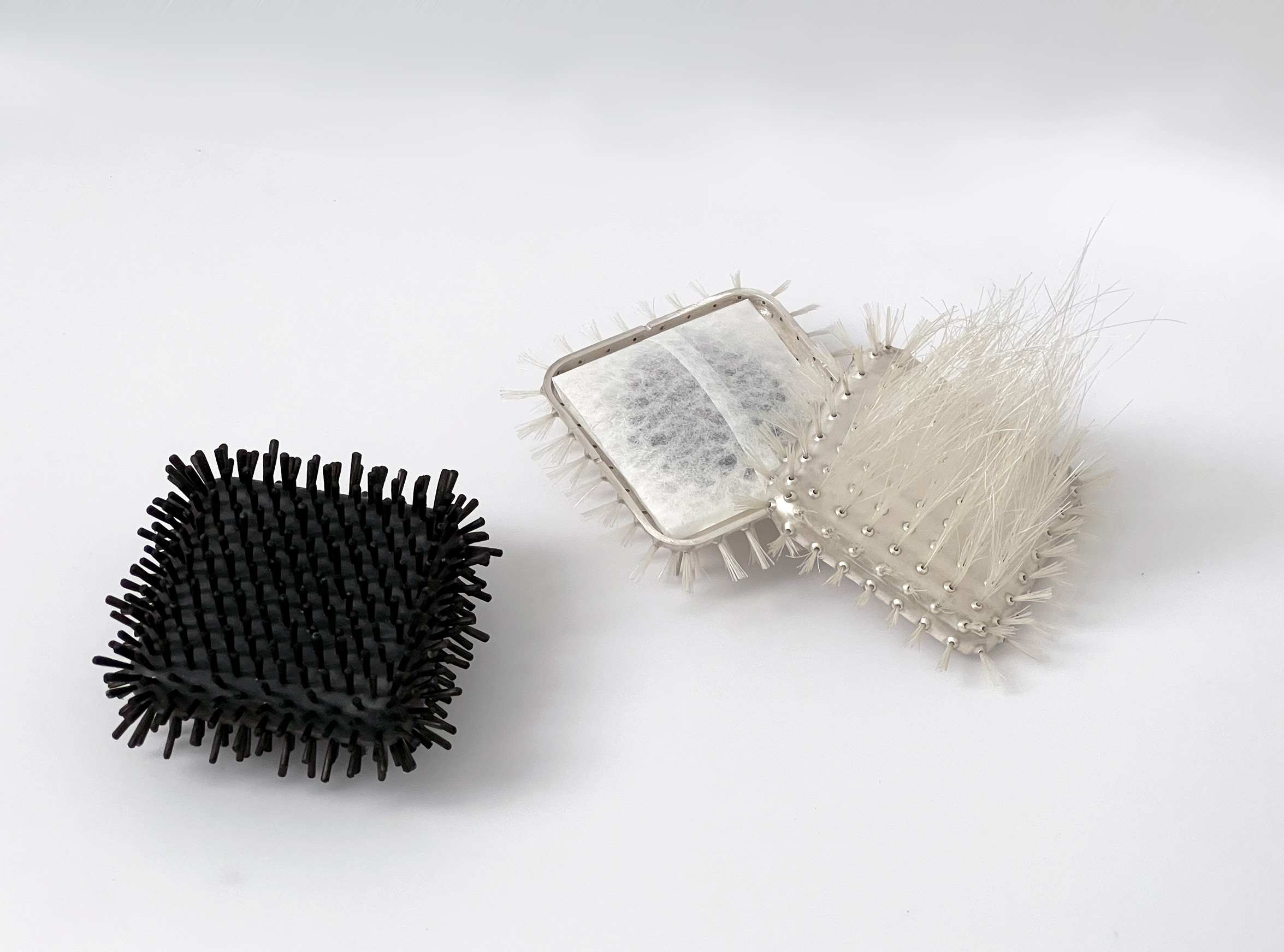Carbon Cases and Locket
The Carbon Cases and Carbon Locket were works that my collaborator Kyoko Hashimoto and I created for the Design for the Unthinkable World project, exhibited at KORA Contemporary Arts Center in Castrignano de’ Greci, near Lecce, as part of the Italian design festival Agora Design 2023 in September to October last year. The exhibition was curated by researchers Craig Bremner, Giovanni Innella and Paul Rodgers, who also lead a year long research project to which Kyo and I contributed interviews and visual material responding to various design prompts. The other designers involved came from every continent except Antarctica: Ani Liu, Parsons & Charlesworth, Mischer’traxler, Jose de la O and SulSolSal. For Italian speakers, here is a video of Giovanni discussing the exhibition during a seminar at Agora Design 23.
The Carbon Cases were later exhibited with our Bioregional Rock Chain at the Rotterdam Biennale in the exhibition Material & Culture curated by Bolaji Teniola in February and March 2025. In this article Bolaji is interviewed about the exhibition by Emma Kate-Wilson of ArchitectureAU.
Our contributions develop from our interest in the use of materiaks that are paradigmatic for industry, but unusual for jewellery and products. Coal is burnt to create more than a third of our global power needs, and two-thirds in Australia. Its not something uncommonly seen, and rarely touched, by most people; with a brazen exception being the soon-to-be Prime Minister Scott Morrison showing off a lump of coal in parliament in 2017.
The continued building of new coal power plants with lifespans of up to 50 years significantly jeopardises efforts to mitigate climate change. Coal is politically justified for industrial uses such as aluminium and steel production – an example of what Andreas Malm calls ‘carbon lock’ – the propagation of technologies and practices that perpetuate reliance on fossil fuel – even though this use isn’t economically nor technologically necessary.
The perception of coal is intractably conflated with its use as a material burnt for energy.
In my article on the ‘eco-technological beauty’ of wood, coal is the product of a curious period in the evolution of the earth. In Australia, most coal was formed during a specific geological period of around 60 million years during the Carboniferous period (359 – 299 million years ago). (The term Carboniferous is derived from Latin words carbo (coal) and fero (I bear or carry) hence meaning ‘coal bearing’.)
Artist’s engraving of a carboniferous forest around 300 millions years ago. From The Universe by FA Pouchet (London, 1874)
In our work we intend to convey the presence, texture and materiality of coal in atypical ways, through jewellery cases and lockets. We propose that coal should change in the public imagination to reflect its geological story within the history of the earth. Through the typologies of design, coal can communicate something precious; an inclination to care, expressing the affective qualities of an ancient sedimentary world-rock, millions of years old, linked to the evolution of trees and the greening of the world.
The works each contain cut and polished pieces of coal foraged from operating and abandoned coal mines around Sydney, Australia. In the Carbon Cases, small discs of coal are wrapped in paper and held in a sterling silver boxes. One is oxidised black and covered by spikes, the other is roughly polished and covered in tufts of white hair. In the Carbon Locket a sphere of coal is held between two hollow half-spheres, oxidised black and edged with interlocking teeth based on the design of coal-seam mining equipment, as shown in these images of a continuous mining machine made by Komatsu.
The exhibition is described:
The challenge posed to the invited artists, as archaeologists of the contemporary, was to recognize current reality, as the Real World actually looms elusive and may never have existed or may have only been imagined to simplify our existence.
Their work outlines the dynamics of the “Unthinkable World” in which we find ourselves operating, urging the visitor not only to an immersive experience but orienting them to a critical consciousness through devices of disorientation and destabilization.
Ani Liu with her The Surrogacy continues the discourse started years ago by Elio Caccavale regarding the intimate biological compatibility between humans and pigs. In a similar vein, Parsons & Charlesworth describe a hypothetical group of humans using advanced technologies to cohabit with other animal species. Mischer’traxler give the Danube River with its flora and fauna the rights it needs to legally defend itself from human abuse. Guy Keulemans and Kyoko Hashimoto direct the gaze toward fossil and mineral resources by making people appreciate their scarcity. Jose de la O focuses on the culture of his native Mexico by ironically reflecting on how certain household appliances could have been developed according to local popular culture. Finally, SulSolSal shows with a video essay The World Without Us a dystopian future in which the global South ceases to exist.
